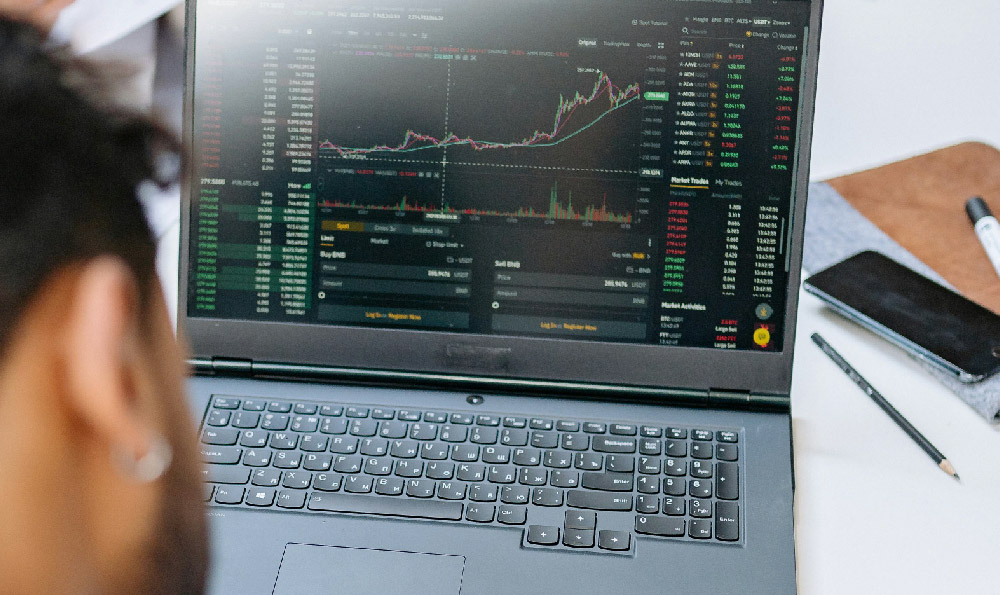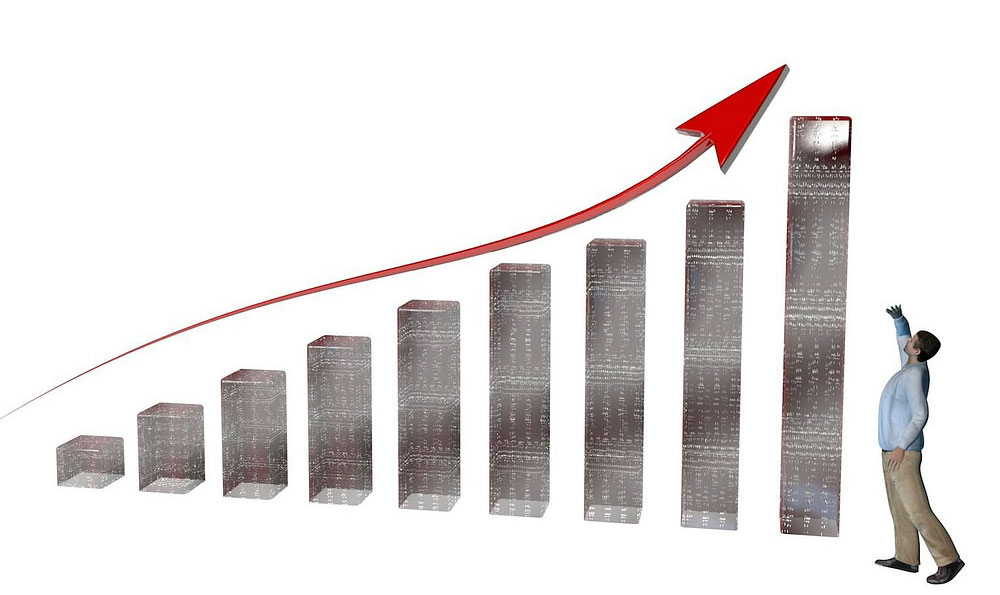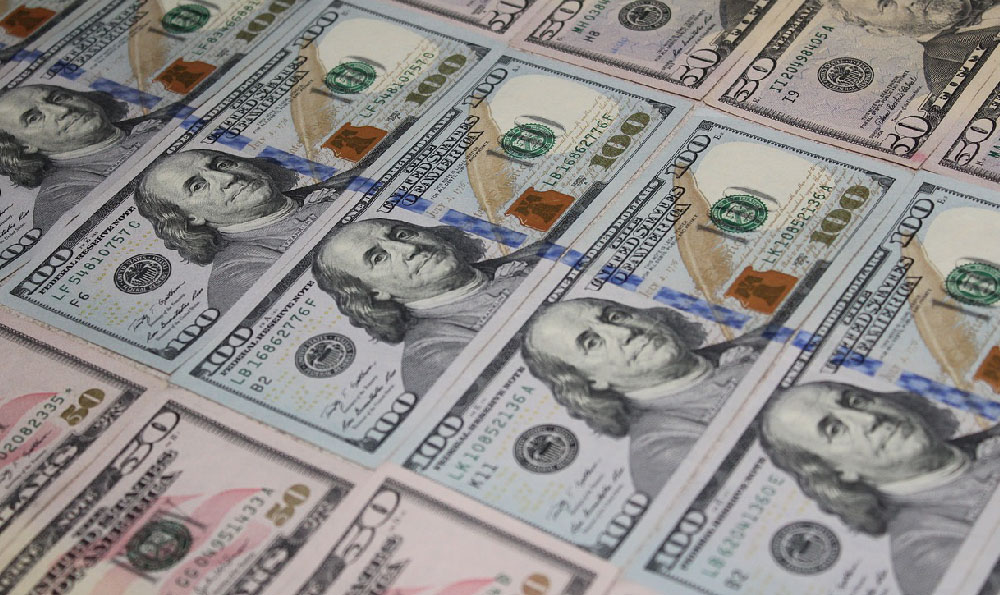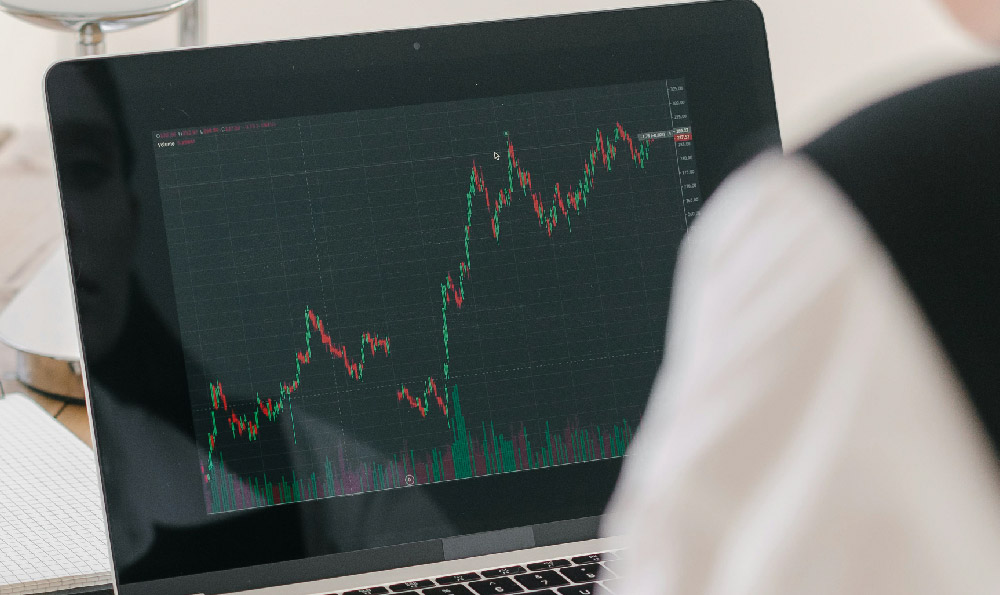Gold and silver, often dubbed the "precious metals," have captivated investors for centuries. Their allure stems from their inherent scarcity, historical use as currency, and perceived safe-haven status during times of economic uncertainty. Deciding between these two gleaming assets requires a nuanced understanding of their distinct characteristics, market dynamics, and individual investment goals.
Gold, the quintessential store of value, has long been revered as a hedge against inflation and economic turmoil. Its price tends to rise when traditional assets like stocks and bonds falter, making it a valuable diversifier in a well-rounded portfolio. The stability associated with gold often stems from its limited supply and widespread recognition as a global currency alternative. Central banks across the globe hold significant gold reserves, further reinforcing its status as a reliable store of wealth. Demand for gold also comes from the jewelry industry, technology sectors (where it’s used in electronics), and investment vehicles such as gold-backed ETFs. These diverse sources of demand contribute to the relatively stable, although not immune to volatility, price movements of gold.
Historically, gold has proven to be a more stable investment than silver. Its price fluctuations are generally less pronounced, appealing to risk-averse investors seeking capital preservation. During periods of extreme market volatility, gold often outperforms other asset classes, providing a buffer against potential losses. However, it's crucial to remember that gold is not immune to price swings. Factors like interest rate hikes, a strengthening U.S. dollar, and reduced geopolitical tensions can negatively impact its price. Therefore, understanding these macroeconomic factors and their potential influence on gold is crucial for informed investment decisions. Investing in gold can take various forms, including physical gold (bullion, coins), gold mining stocks, and gold-backed ETFs. Each option presents its own set of risks and rewards. Physical gold provides direct ownership but involves storage and insurance costs. Gold mining stocks offer leverage to the price of gold but are subject to company-specific risks. Gold-backed ETFs offer a convenient and liquid way to gain exposure to gold prices.
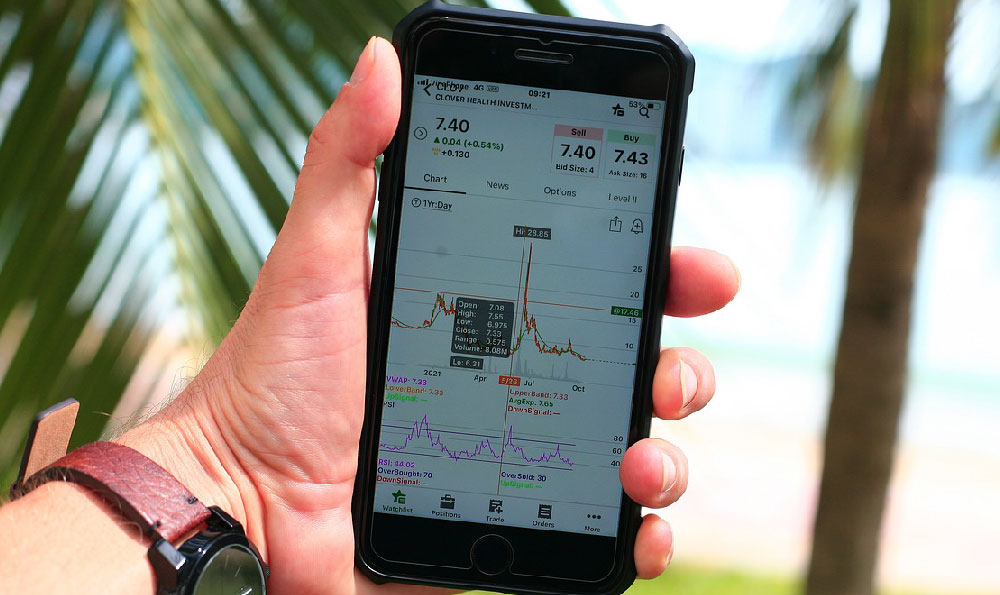
Silver, on the other hand, is often referred to as "poor man's gold" due to its lower price point and accessibility. While it shares some characteristics with gold, such as being a precious metal and a store of value, silver exhibits significantly higher price volatility. This heightened volatility stems from its dual role as both a monetary asset and an industrial metal.
A substantial portion of silver demand comes from industrial applications. It is used extensively in electronics, solar panels, medical equipment, and other industrial processes. Consequently, the price of silver is highly sensitive to economic growth and industrial activity. A slowdown in global manufacturing or a decline in demand for silver-containing products can negatively impact its price. The industrial demand aspect is a double-edged sword; it can provide upside potential during periods of economic expansion but also exposes silver to cyclical downturns that don’t necessarily impact gold to the same extent.
Unlike gold, silver is not widely held by central banks as a reserve asset, which contributes to its greater price volatility. This makes silver a more speculative investment compared to gold, potentially offering higher returns but also exposing investors to greater risk.
The potential for higher returns in silver stems from its relatively lower price and greater price volatility. When the price of gold rises, the price of silver often rises by a larger percentage, offering the potential for leveraged gains. However, the reverse is also true; when the price of gold falls, the price of silver tends to fall by a larger percentage.
Similar to gold, silver can be invested in through physical silver (bullion, coins), silver mining stocks, and silver-backed ETFs. The same considerations regarding storage, insurance, and company-specific risks apply to silver investments. Because of its industrial uses, some investors choose to invest in companies that recycle silver from electronics and other waste products, allowing them to participate in both the commodity and environmental sustainability sectors.
Choosing between gold and silver ultimately depends on individual investment goals, risk tolerance, and investment horizon. If you're seeking a relatively stable store of value and a hedge against inflation, gold might be a more suitable option. It offers capital preservation and diversification benefits in a well-rounded portfolio. Its historical performance during economic crises makes it a reliable safe-haven asset for risk-averse investors.
However, if you're seeking higher potential returns and are comfortable with greater price volatility, silver might be a more attractive choice. Its industrial demand and leveraged price movements can generate significant gains during periods of economic growth and rising precious metal prices. However, be prepared for potentially larger losses during market downturns. Silver is generally suited for investors with a higher risk tolerance and a longer-term investment horizon.
Many investors choose to hold both gold and silver in their portfolios, recognizing their distinct roles and potential benefits. A diversified portfolio that includes both precious metals can provide a balanced approach to managing risk and seeking potential returns. The allocation between gold and silver should be based on individual risk tolerance, investment goals, and market outlook. A common strategy is to allocate a larger portion to gold for stability and a smaller portion to silver for potential growth.
Before investing in either gold or silver, it's essential to conduct thorough research and understand the factors that influence their prices. Consult with a qualified financial advisor to determine the appropriate allocation for your portfolio and to develop a well-defined investment strategy. Remember that past performance is not indicative of future results, and all investments carry inherent risks. Thorough due diligence and a clear understanding of your own financial situation are crucial for making informed investment decisions in the precious metals market. Consider the tax implications of your investment as well, as they can vary depending on the specific investment vehicle and your individual tax bracket. Diversification across different asset classes and precious metals remains a cornerstone of sound investment principles.



